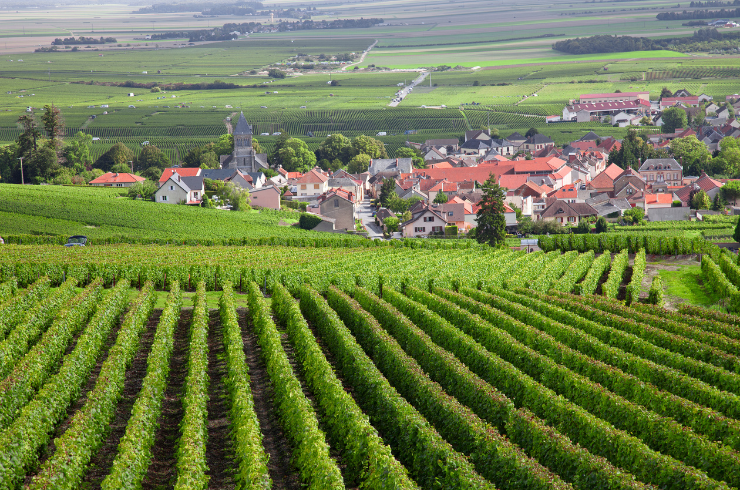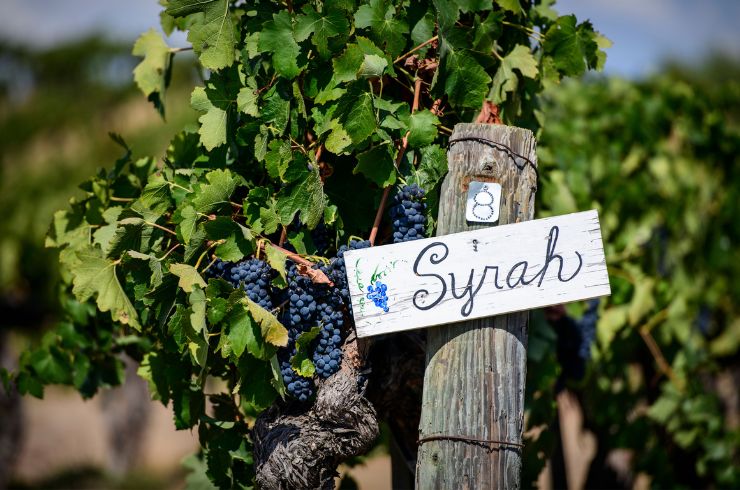Whether at dinner or the racetrack, lay down your glasses, ladies and gentlemen. Of all the wines submitted for the 2022 Halliday Wine Companion, 86.8 per cent were sealed with a screwcap, and 11.6 per cent with corks (including Diam). Looking at white wines, the percentage rises to more than 96.1 per cent.
Australians aren’t mugs when it comes to wine, and we are notorious for making up our own minds on issues. But there are devils in the details. Dozens of them. First, it’s a different story for white wines. Here, screwcaps absolutely dominate because they oxidise – increase colour and lose freshness – at a much faster rate and to a greater degree than red wines cellared under similar conditions.
Wine writer Bill Nanson, author of The Finest Wines of Burgundy, said of white Burgundies made between 1994 and 2004, “The pervasive influence of oxidised bottles renders this period complete lottery. Spend only what you can afford to lose.”

Riesling and semillon are the most sensitive varieties to oxidation under cork because of the way they are made and their absence of certain tannins.
Riesling and semillon are the most sensitive varieties to oxidation under cork because of the way they are made and their absence of certain tannins. If you buy either of these from the half a dozen or so winemakers who do use corks, I suggest you drink the wines as soon as possible.
Chardonnays and other barrel-fermented white wines can have some resistance to oxidation, but after five years, it becomes a bottle-by-bottle case. This introduces a truth that applies to all wines, red or white. That is, cork is an extraordinary natural substance, with an immensely complex structure of millions of gas-filled cells that have many commercial applications: floor tiles, shoe heels, gaskets and bottles.
Problem one is that no two corks are precisely the same. Yes, they are graded with various criteria; the more you pay, the better the cork. Problem two is cork taint. After decades of denial and procrastination, the Portuguese cork industry has finally bitten the bullet, and if you pay the price for guaranteed taint-free corks, you will be compensated for the loss.
A tailpiece to this is that the Diam reconstituted cork has many points in its favour. It comes with two densities, allowing two known rates of oxygen transmission and hence development. But wait for it, so do screwcaps these days.
As an aside, my former winery Coldstream Hills has been using screwcaps for all its wines since 2003.
Sign up to view these tasting notes and ratings
By becoming a member of Wine Companion, you'll have access to the largest database of wines in Australia.
Latest Articles
-
News
The power of perspective: Ryan Ponsford's Entropy
2 Dec 2025 -
Events
Halliday Wine Academy: Wine Immersion Tours
30 Nov 2025 -
Travel
Scenic's Southern France and Bordeaux river cruises are tailor made for wine lovers
30 Nov 2025 -
News
What’s in a name? The etymological origins of popular grapes.
30 Nov 2025





